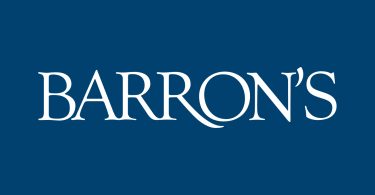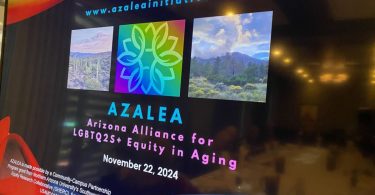One of the Scottish tourism industry’s leading figureheads has denied the country has an “overtourism” crisis despite growing congestion problems.
Marc Crothall, chief executive of the Scottish Tourism Alliance, said it was unfair for the country to be compared with some of the world’s global tourism hotspots.

Crothall insisted Scotland only had a handful of “pressure points,” such as the Isle of Skye and Edinburgh city centre, which did not cause year-round issues.
But he admitted there was a need for action to ensure a better geographical spread of visitors and encourage visitors to come to Scotland outwith the peak periods.
Edinburgh was named alongside Amsterdam, Rome, Venice and Barcelona in a league table of famous destinations “that can no longer cope with their own popularity” earlier this year.
CNN Travel cited “the pressure of huge numbers descending on the city centre” in August for the annual Edinburgh festivals and the growth in the short-term letting market driving up rents for “normal people”.
Researchers at Glasgow Caledonian University have launched research into the “dramatic changes” the tourism industry has had on Skye in recent years, with more than 500,000 visitors flocking there each year.
Other destinations which have experienced problems include Glenfinnan and Glencoe thanks to their links with Harry Potter and Outlander, while the North Coast 500 route is said to have turned remote Highland roads into a “mini Grand Prix” circuit for drivers in Lamborghinis and Ferraris.
However, Crothall said: “We don’t have overtourism in Scotland. Some people like to refer to it as overtourism, but it is not. We have pressure points at certain times of the year. If you look at the global destinations that are reported to have overtourism they have year-round pressures.
“If you look at the Isle of Skye, a lot of people point to places like the Fairy Pools and The Old Man of Storr, and it is right that there is investment in infrastructure, but it is a big place and it is not full.
“It is the same with Edinburgh. It is a big city with a lot going on and there are pressures at certain times of the year. But it’s about being clever and managing them.
“We have some pressure points, but it’s about being more responsible in how we target and manage the flow of tourists into Scotland in a more effective way. There is a great campaign now called Skye Time, which is about encouraging visitors to stay longer and do less on the island, but actually experience more. There is still a tendency among some travellers, particularly among our emerging markets, to tick a box and then move on to the next destination. We need to take more control, curate itineraries and influence the behaviour of people with new technology.
“It’s about trying to attract the right visitors to various parts of the country at different times of the year to allow a greater spread of visitors and allow businesses to create more employment opportunities and develop more year-round activity.”







